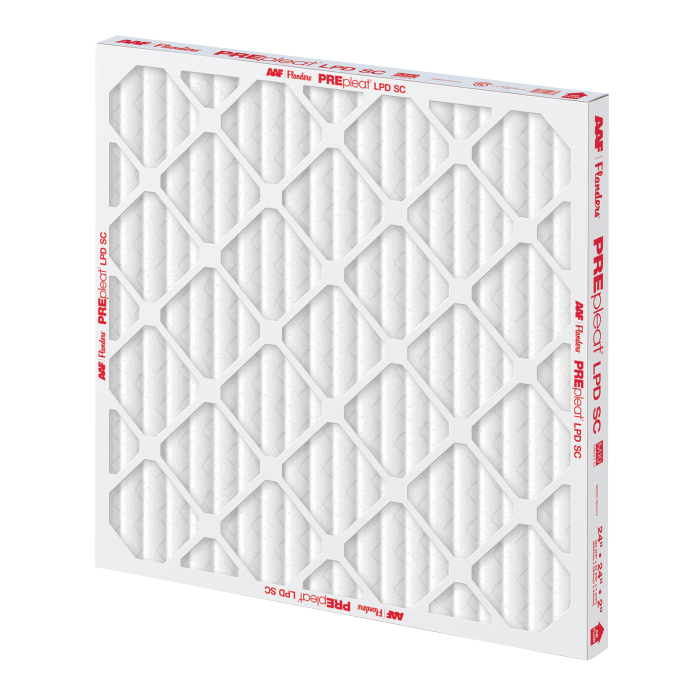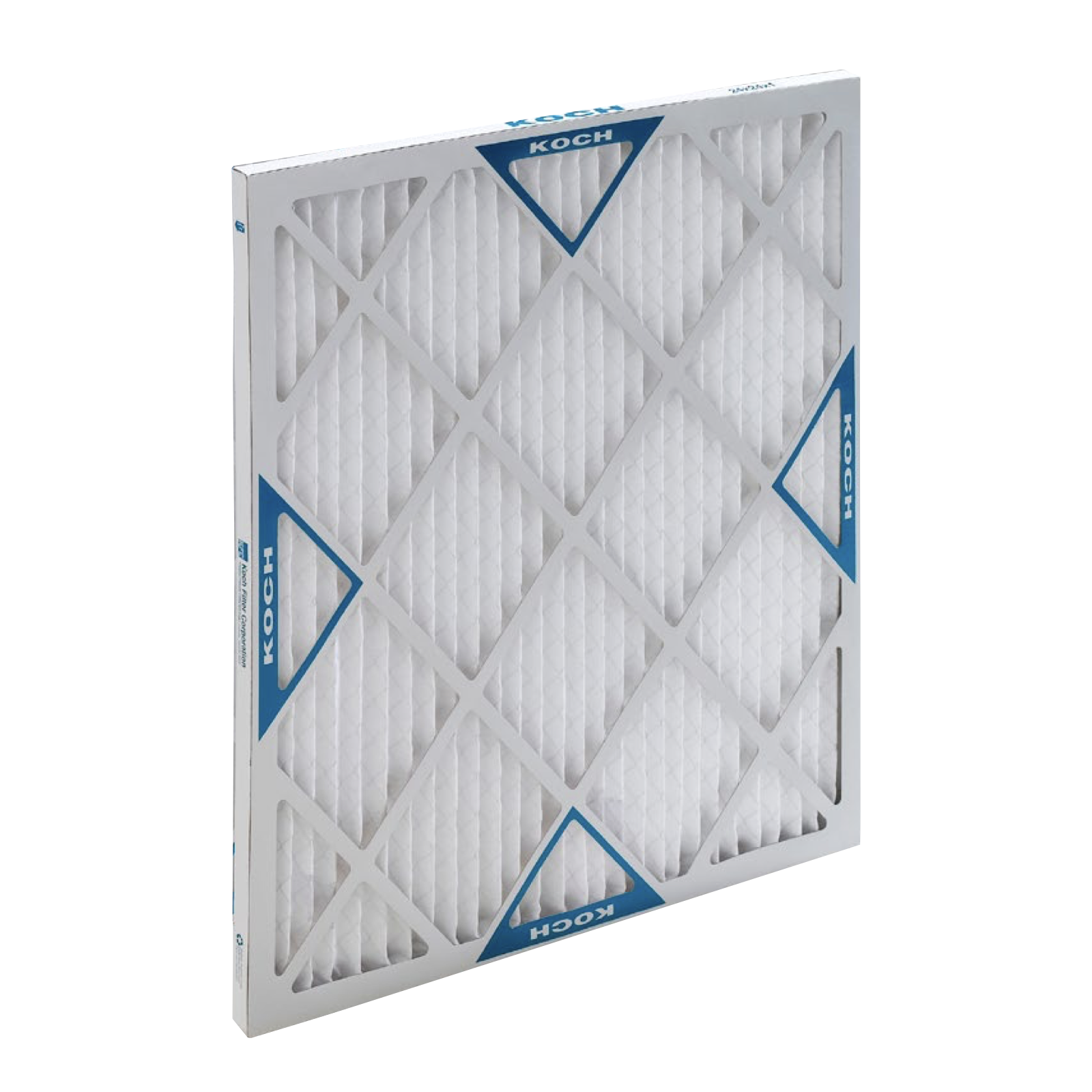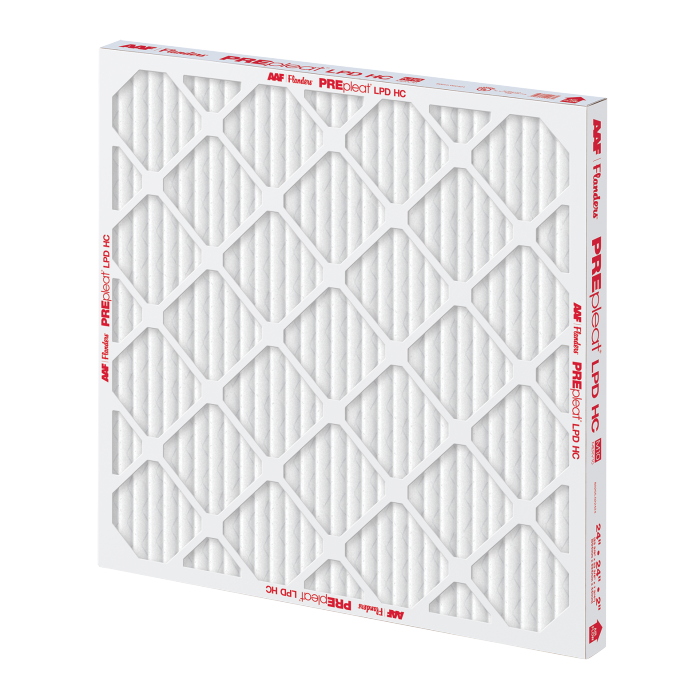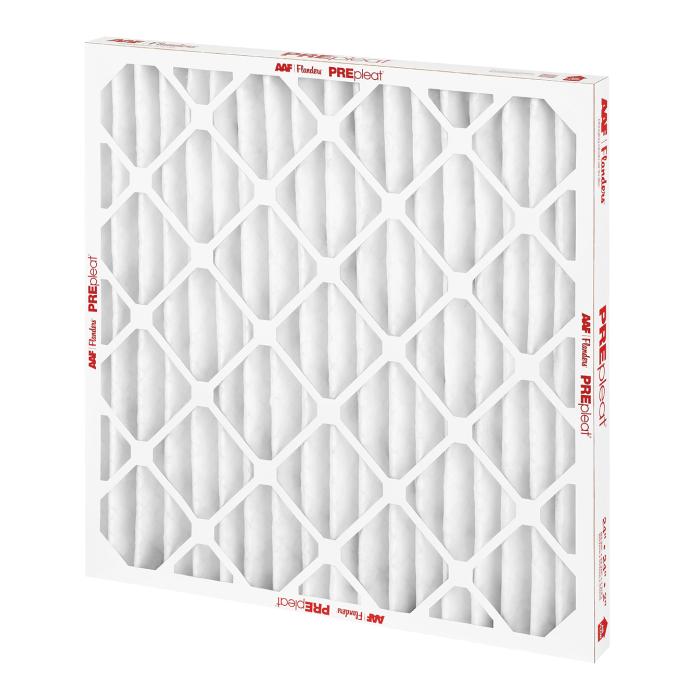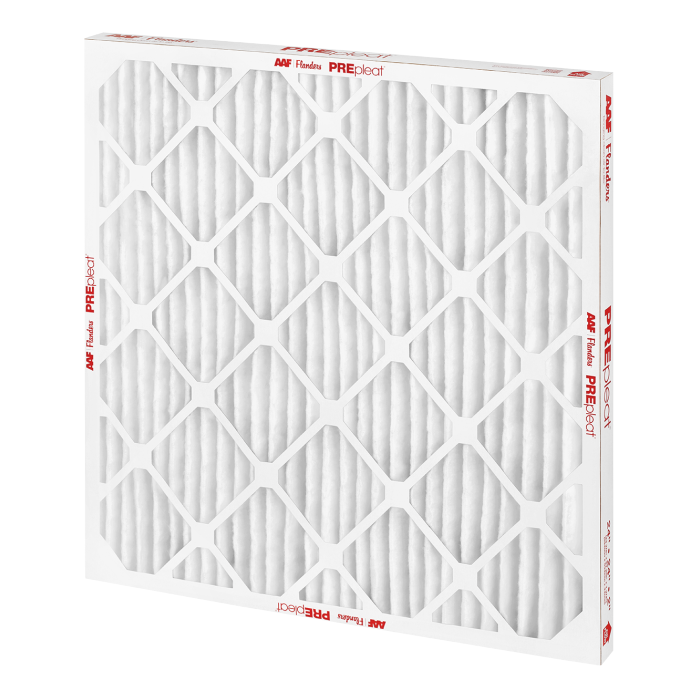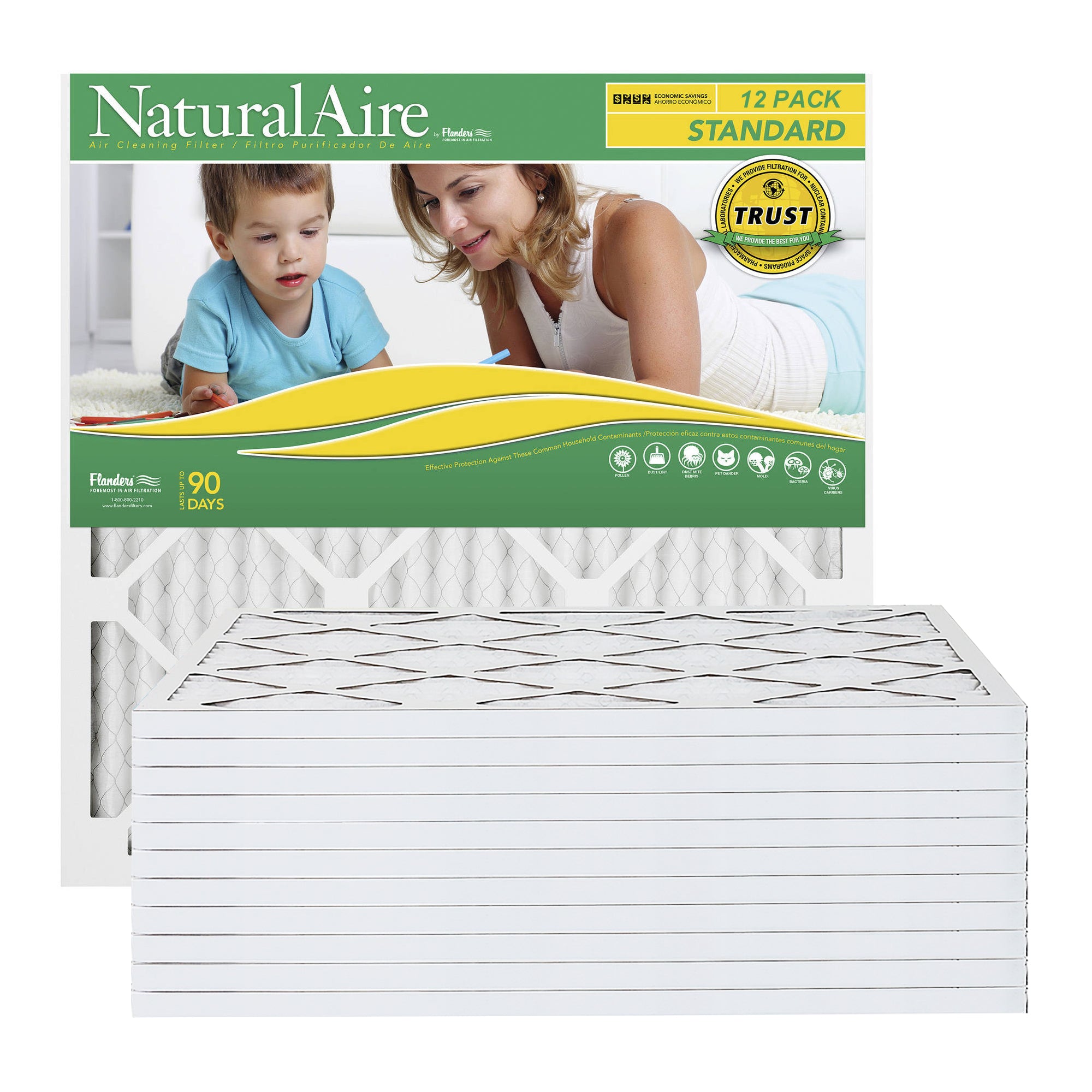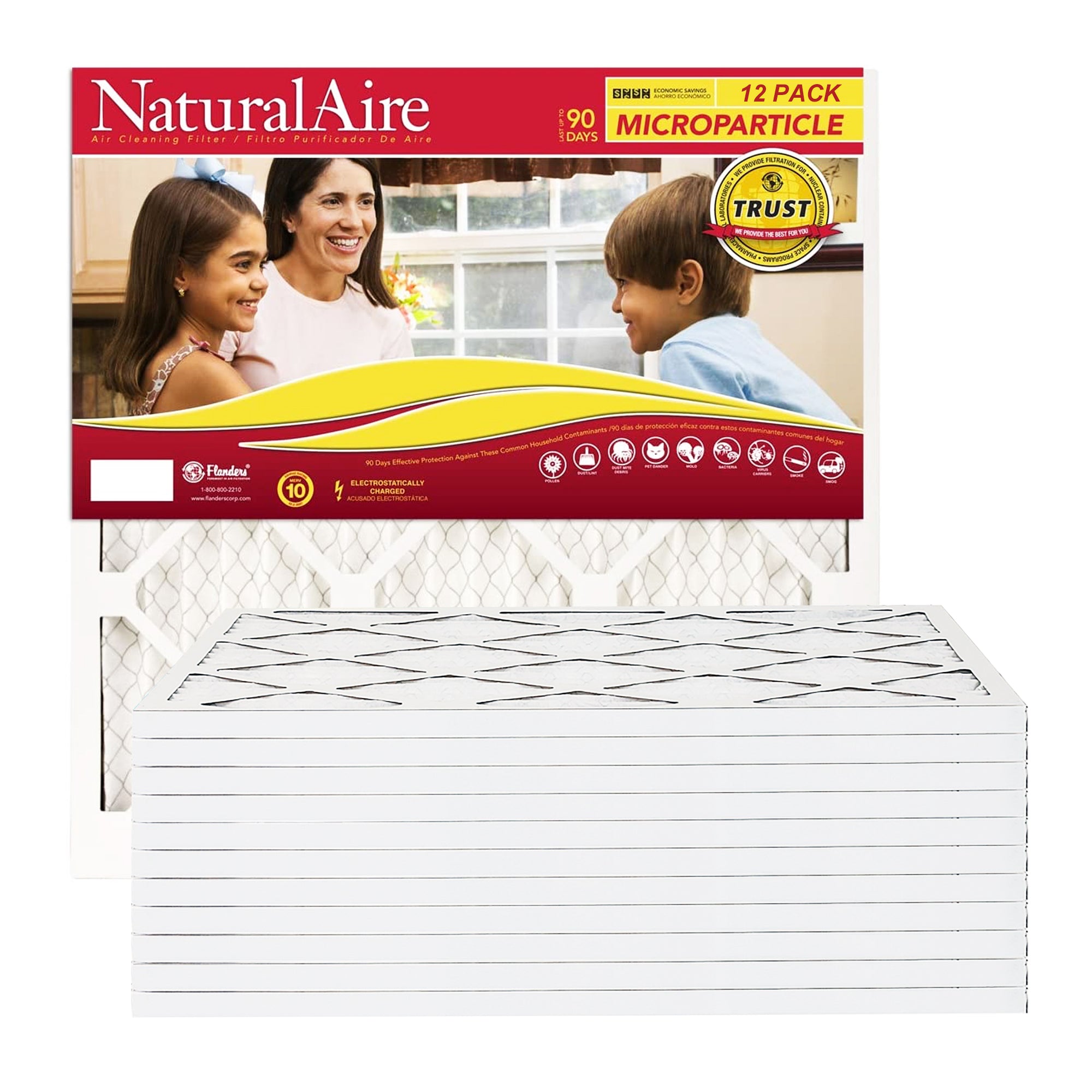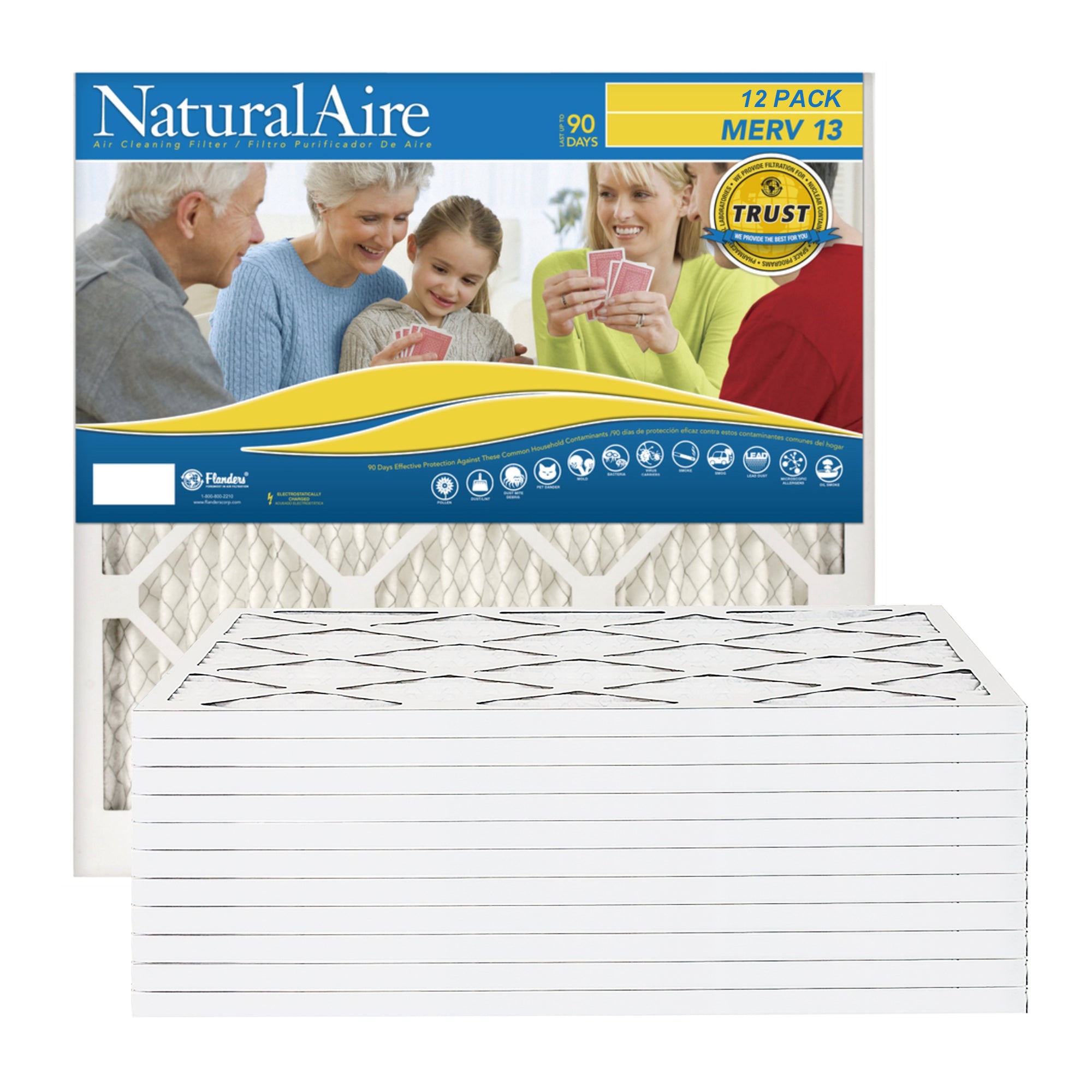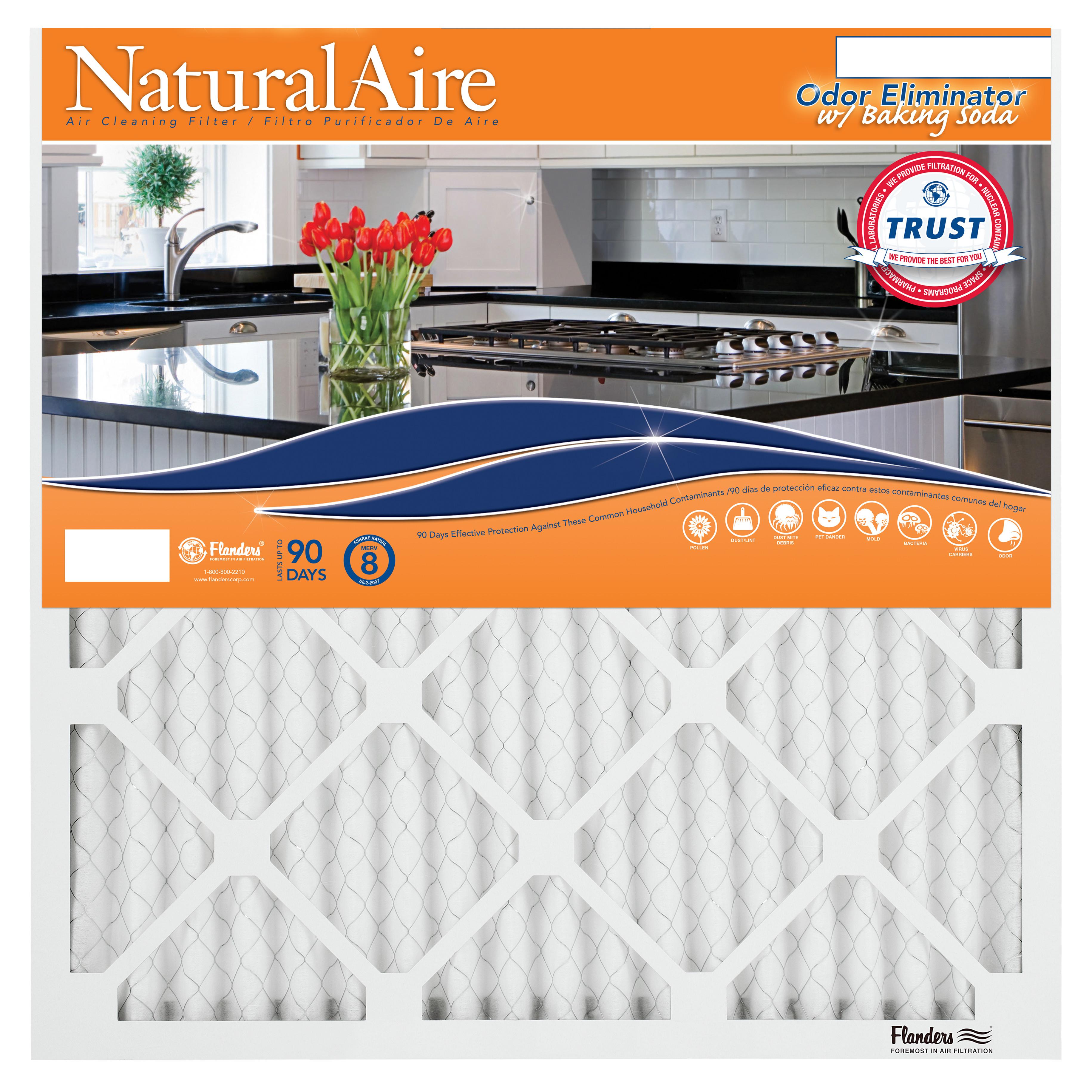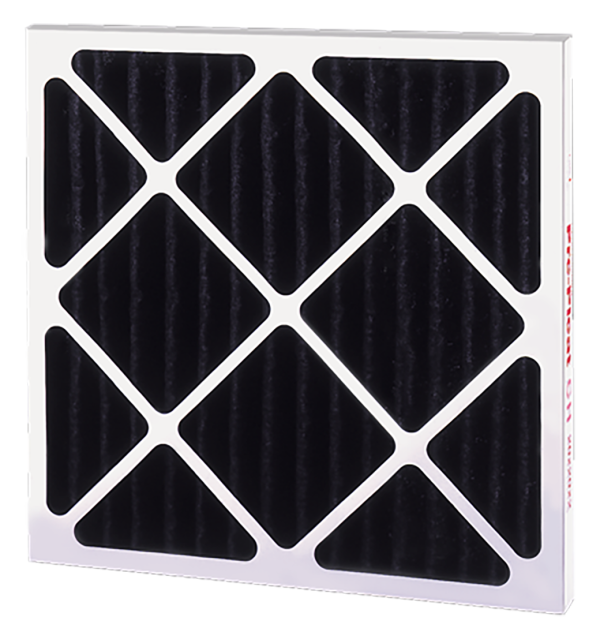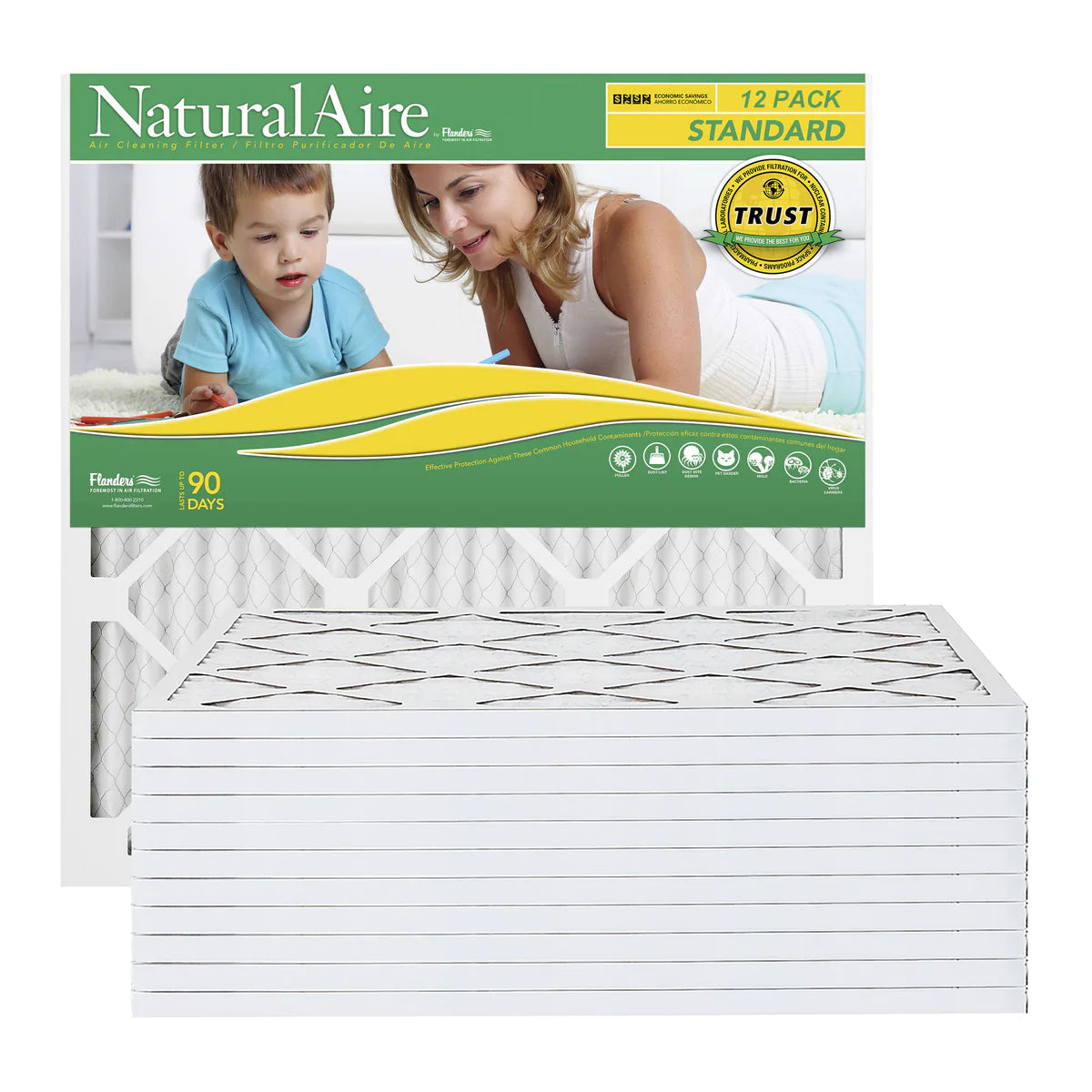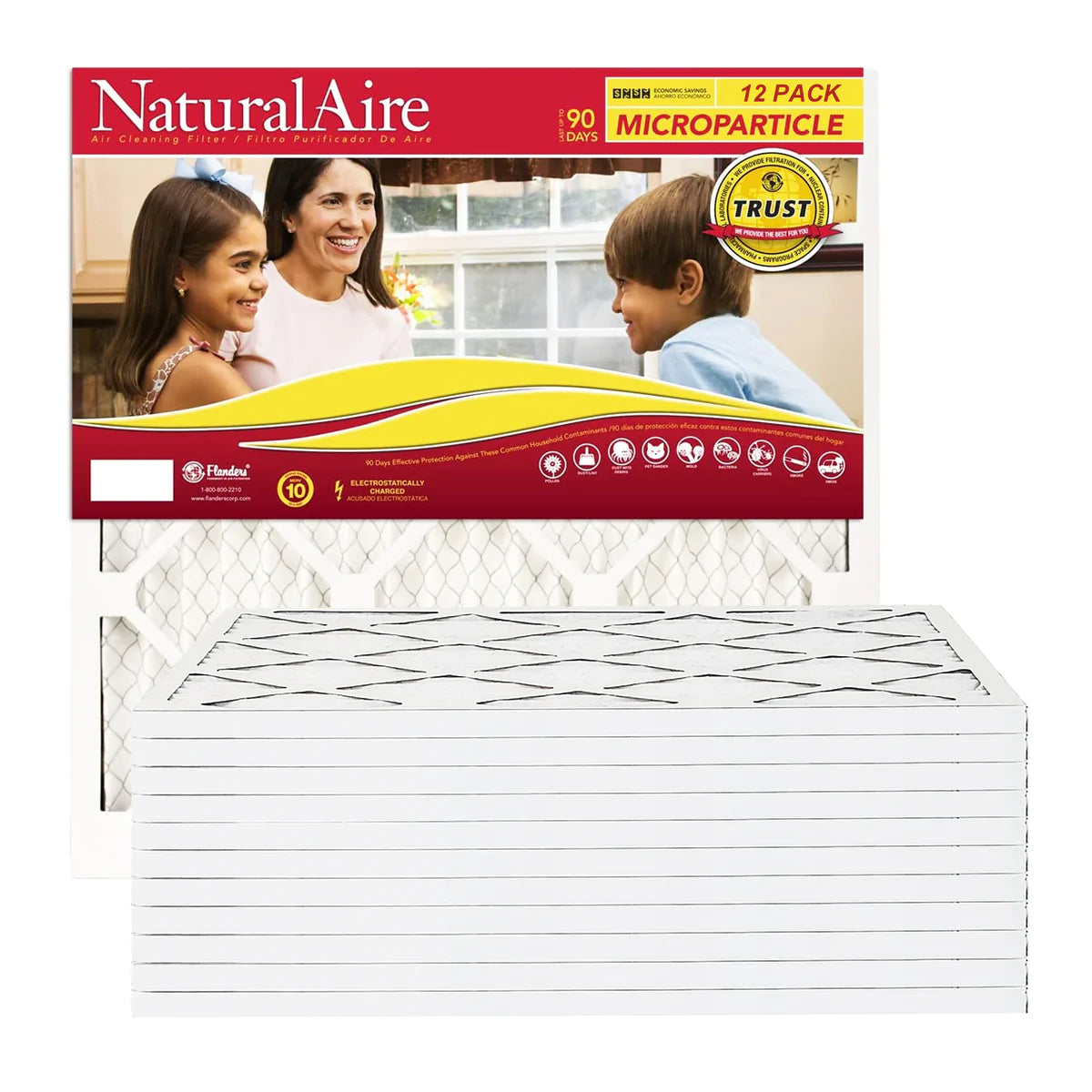As the long summer days slowly give way to the colorful foliage of fall, we find ourselves facing a new set of challenges. Among these, one particularly sneaky problem that tends to creep up on us is the clogged air filter. Just like the arrival of the first day of fall, clogged air filters can catch us off guard, compromising the air quality in our homes and exacerbating allergies. With early autumn bringing its own basket of tricks, including the increased activity of ragweed pollen and mold spores, it's essential to be proactive in maintaining clean indoor air. If you've been experiencing itchy eyes over the past couple weeks, it's time to take action.
Understanding the Impact of Clogged Air Filters:
Air filters play a crucial role in maintaining good indoor air quality. They trap particles such as dust, pollen, pet dander, and mold spores, preventing them from circulating in our living spaces. However, over time, these filters can become clogged with accumulated debris, reducing their effectiveness and impeding the flow of clean air. As a result, allergens and irritants can linger in our homes, leading to a range of discomforts, including itchy eyes, sneezing, coughing, and respiratory issues.
The Allergy Season: Ragweed and Mold Spores:
Early fall brings its own set of allergens, with ragweed pollen and mold spores being particularly active during this time. Ragweed, a common weed found across North America, releases pollen grains that can trigger allergic reactions in many individuals. Additionally, the dampness and changing temperatures of autumn create favorable conditions for mold growth, leading to increased mold spore concentrations in the air. These allergens can easily infiltrate our homes, aggravating our allergy symptoms and making it difficult to find relief.
Preventing Allergies and Ensuring Clean Indoor Air:
To combat the challenges posed by clogged air filters and allergens during the early fall, it's important to take proactive steps to maintain clean indoor air:
1. Check and Replace Air Filters: Regularly inspect your air filters and replace them as recommended by the manufacturer. This is especially crucial during seasons when allergens are more active, such as early autumn. Clean filters ensure optimal airflow and efficient removal of allergens from your home.
2. Keep Indoor Spaces Clean: Regularly dust and vacuum your home to minimize the accumulation of allergens. Pay special attention to areas where allergens tend to collect, such as carpets, upholstery, and curtains.
3. Control Humidity Levels: Use a dehumidifier to keep indoor humidity levels between 30% and 50%. This helps inhibit mold growth and prevents the proliferation of dust mites, which can also trigger allergies.
4. Seal Windows and Doors: Ensure that windows and doors are properly sealed to prevent outdoor allergens from entering your home. Weatherstripping and caulking can help create a barrier against pollen and other irritants.
5. Consider Air Purifiers: Use high-quality air purifiers with HEPA filters to further improve indoor air quality. These devices efficiently capture and remove microscopic allergens, providing relief for allergy sufferers.
As we transition from summer to fall, it's important to be aware of the impact of clogged air filters and the increased activity of allergens like ragweed pollen and mold spores. Protecting ourselves from these airborne irritants is crucial for maintaining clean indoor air and reducing allergy symptoms. By staying proactive and following the tips outlined above, we can ensure a healthier living environment and enjoy the beauty of autumn without the discomfort of itchy eyes and allergies. Remember, a small effort in maintaining clean air can go a long way in safeguarding our well-being.


